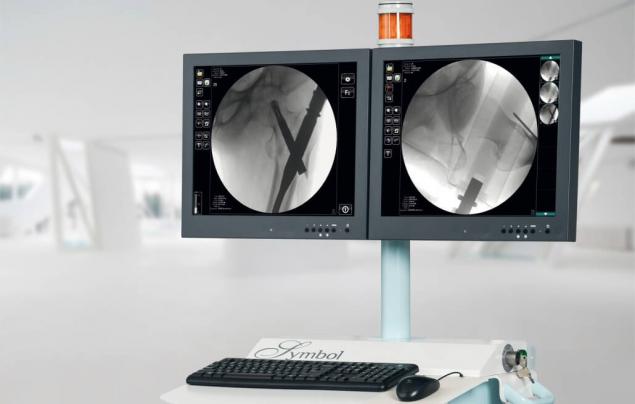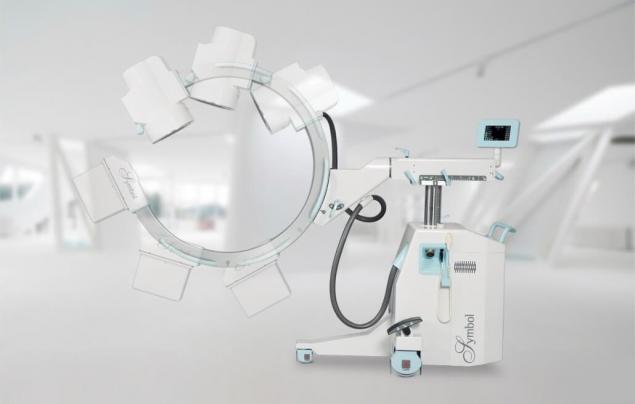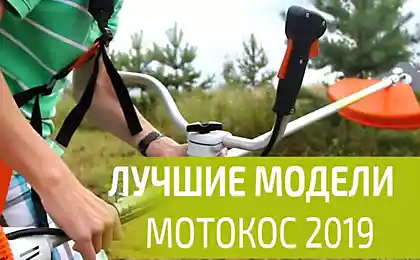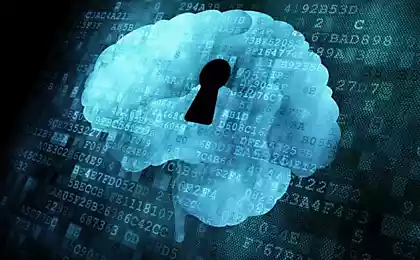567
Compact universal C-arms: pros and cons

It's not news to anyone that space in a clinic is money. The space in your center / clinic / hospital comes at a price, so you try to use it as efficiently and effectively as possible. Because of this “space saving”, our team regularly receives inquiries from users hoping to save room space with a compact, versatile C-arm that eliminates the need for a monitor cart by mounting the monitor (s) on the C-arm itself.
The request does make sense, and the versatile C-arm can definitely save you a bit of space, but taking advantage of the compact design also requires some compromises. Let's take a look at the pros and cons of choosing a universal C-arm and see what options are there.

Pros and cons of universal C-arms
If you are considering purchasing an all-in-one C-arm, here are the details you need to know about before making your purchase.
pros
It cannot be denied that the all-in-one design is more compact than the traditional C-arm configuration with a monitor trolley. This option removes the element of clutter from your workspace, which can save you a lot.
Another advantage of choosing an all-in-one design is price. Compact systems almost always cost less than standard sized systems of the same age and condition.
Minuses
Reducing the size of the C-shaped arc system is associated with a couple of big disadvantages in the functionality of the device. The first is limiting the position and angle of inclination of the C-arm in the operating room. When the monitor is placed directly on the C-arm, the clinician is close to the C-arm to view the progress of the operation. But it loses the flexibility of moving the monitor cart to where it is needed, including for other doctors.
The second disadvantage of the compact design is overall power. The typical generator power level for a universal C-arc is 5 kW or less. Compare this to the 15-25 kW range of standard size systems. All-in-one systems also use stationary anode tubes with lower heat capacity. If you are looking for a system for large patients or cross-sectional images, you will not find this possibility in a compact design.
Popularity in the market
The concept of all-in-one design has not been widely adopted, especially in the United States. Because of this, there are not many options. The OEC launched the 7600 all-in-one in the late 90s, and soon the Ziehm compact. Over the next fifteen years, Ziehm carried the all-in-one baton with the release of the Ziehm Quantum (infamous for its imaging problems), Ziehm Solo and Ziehm Solo FD. The OEC recently released the OEC One, which is very similar to the Solo FD, but based on an image intensifier.

Output
If you have a facility that has limited space, is focused on lighter tasks, and has a moderate patient volume, an all-in-one design may be a good option for you.
On the other hand, more than twenty years after the concept appeared on the market, these models still did not enjoy strong market popularity. This tells us that the typical user will not find it worthwhile to trade off power and flexibility in exchange for a little more room space.
Whichever path you choose, our team is ready to help you align your needs and workflow with the optimal C-arm that's right for you.
author RH company

Useful cocktails to become a graceful queen by the New Year
Spouse with size XXL smile when the house smells like pizza pie























